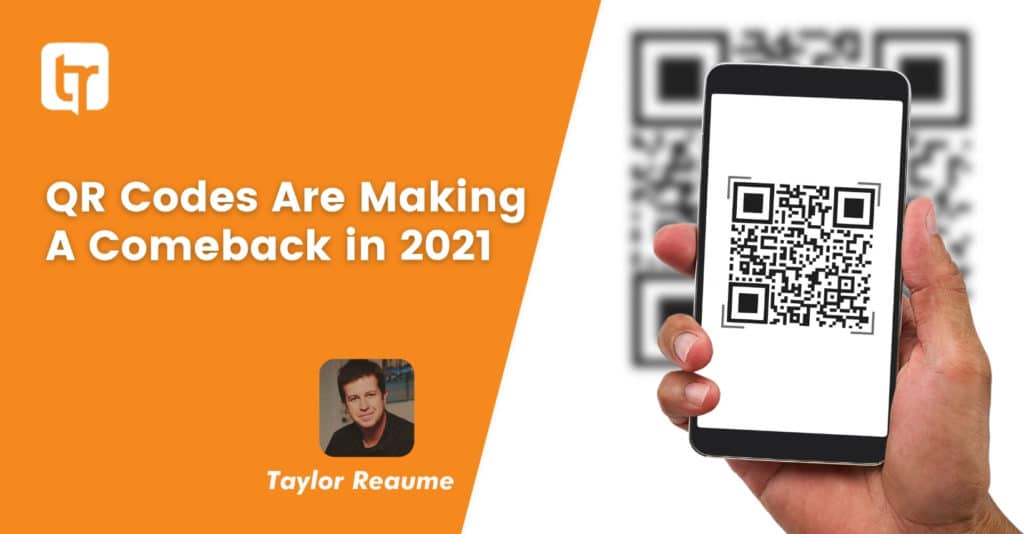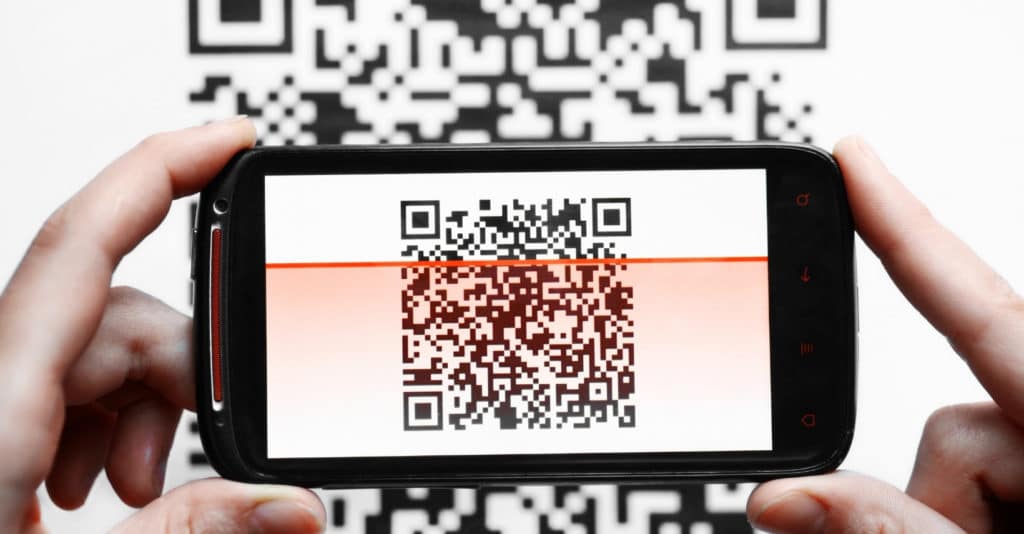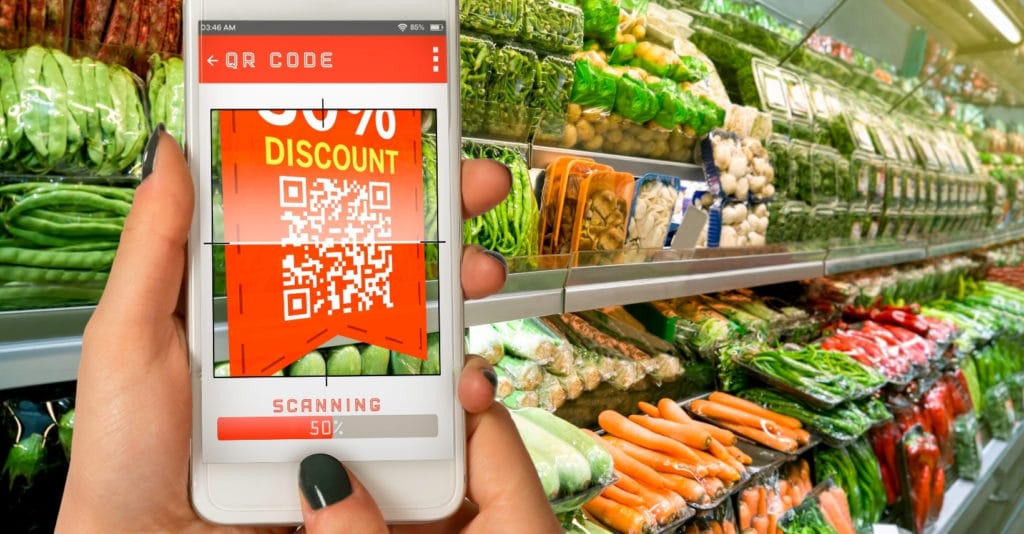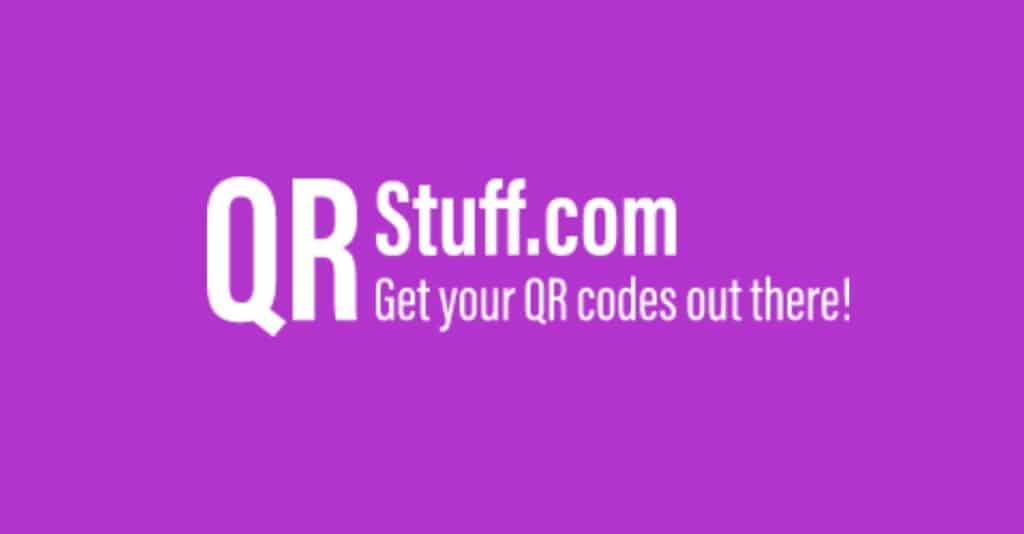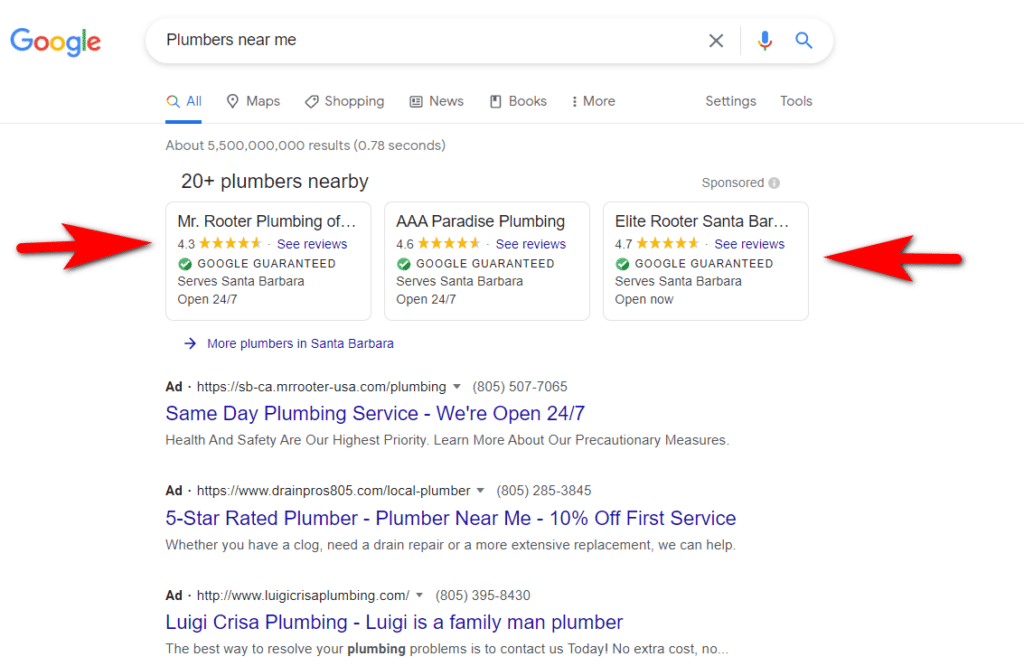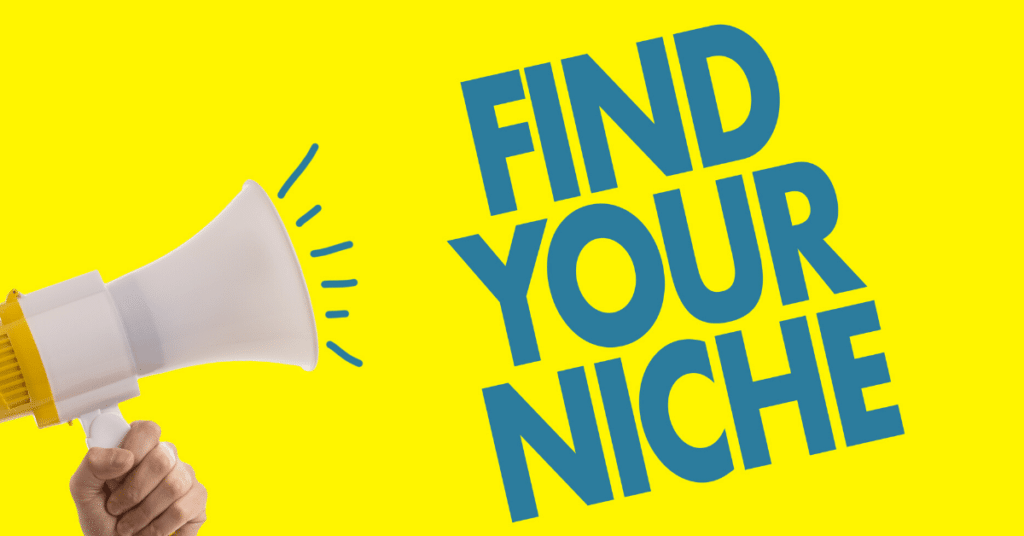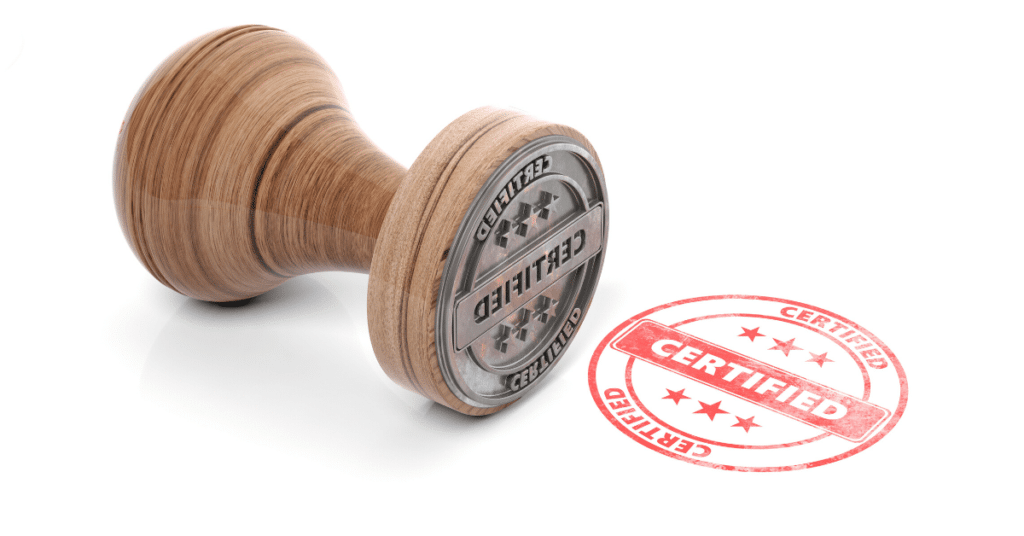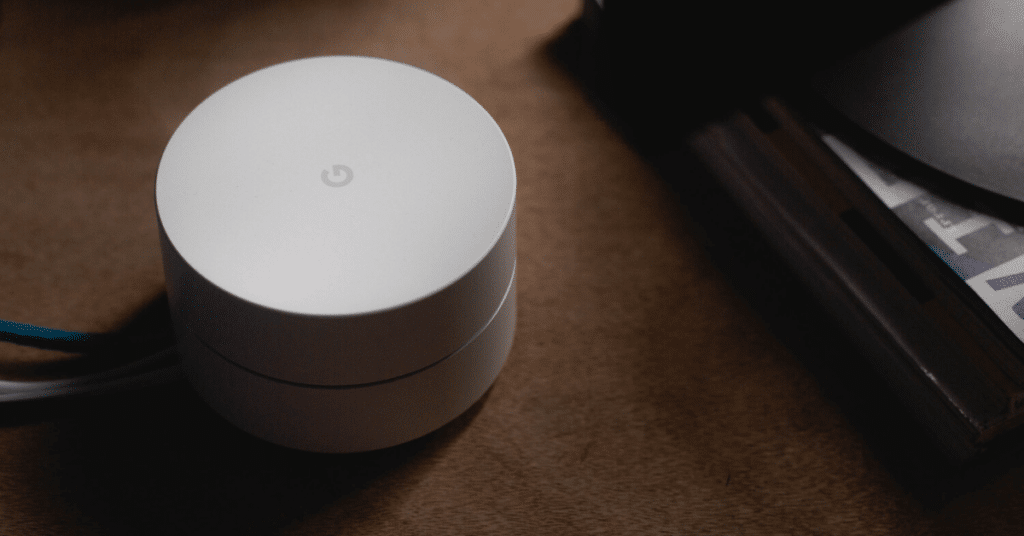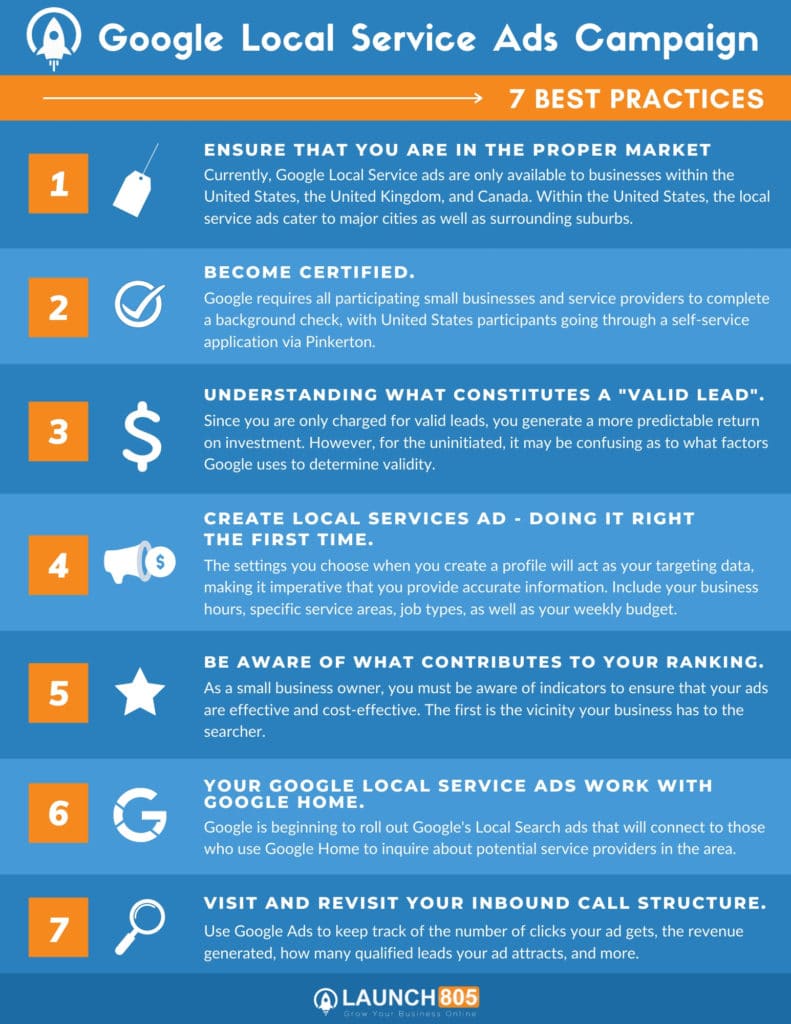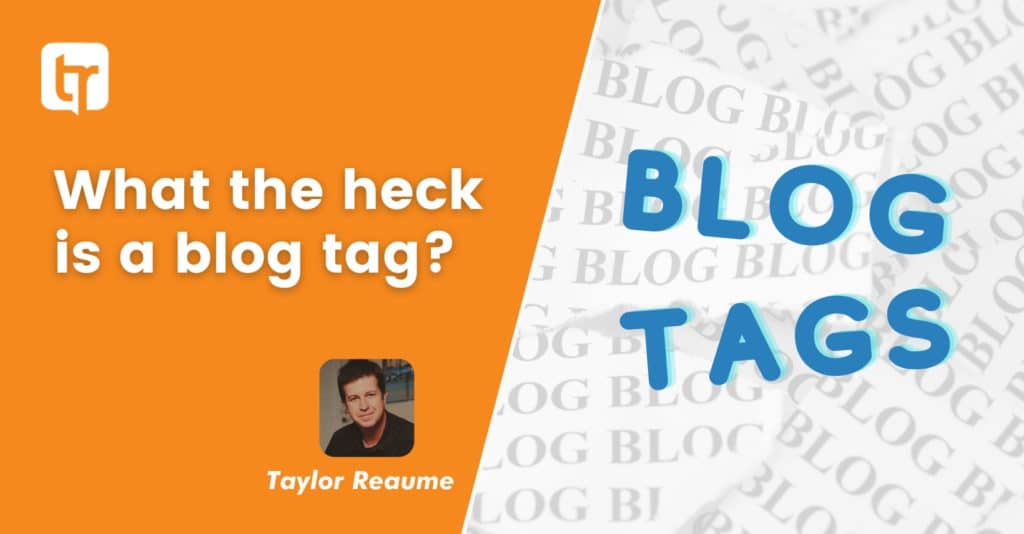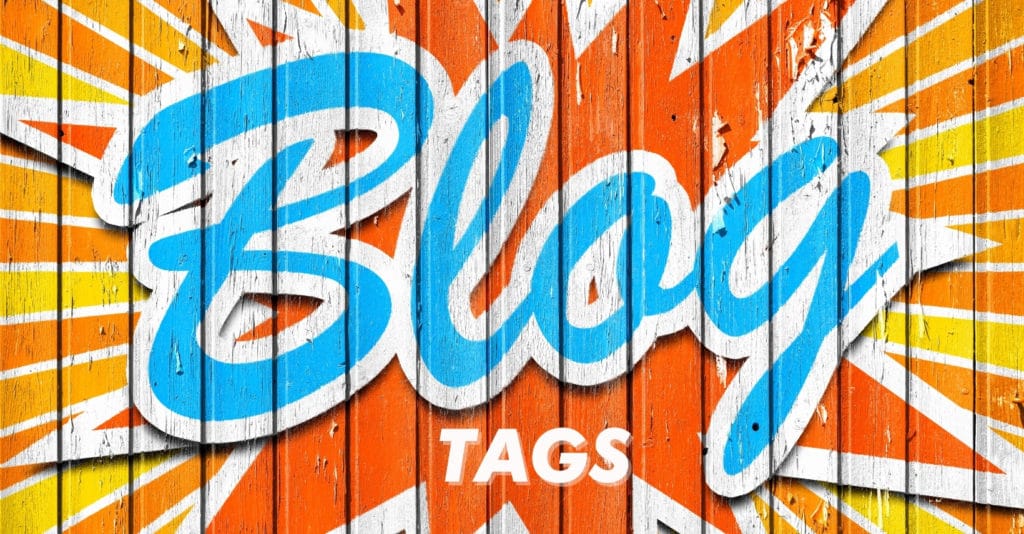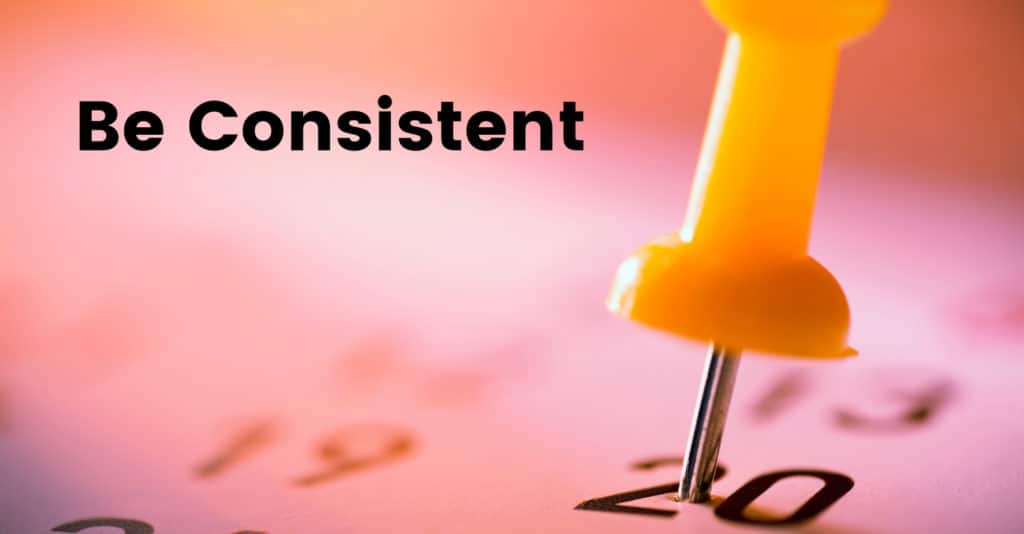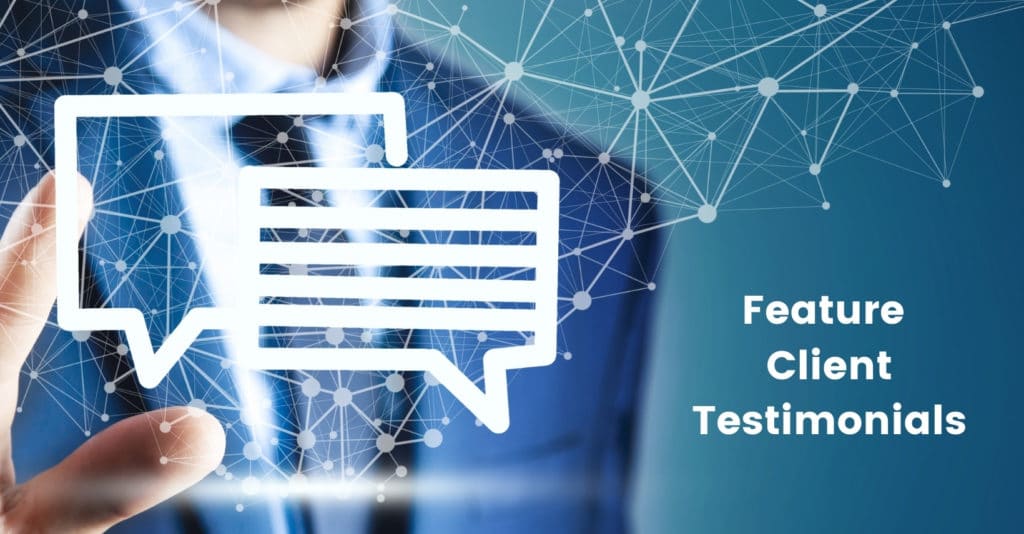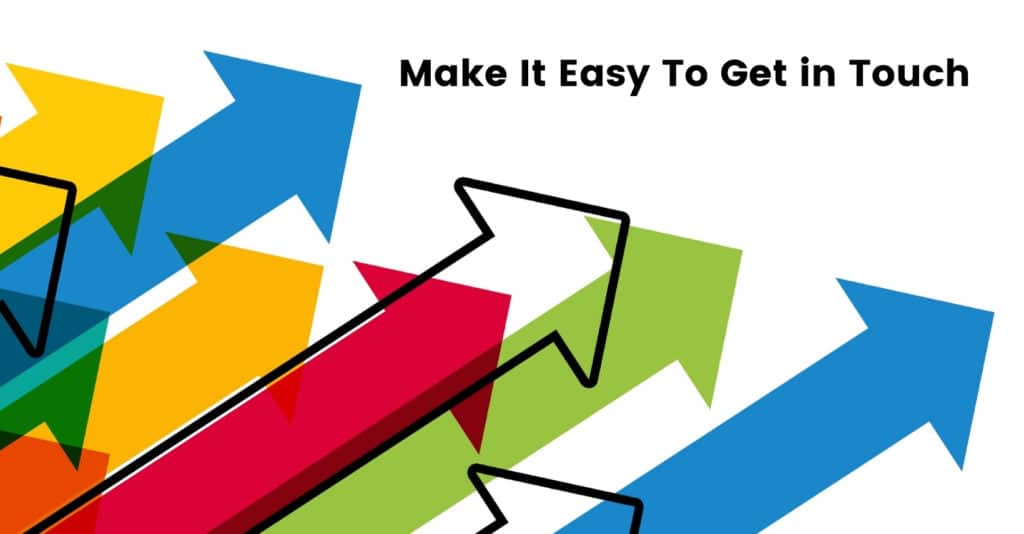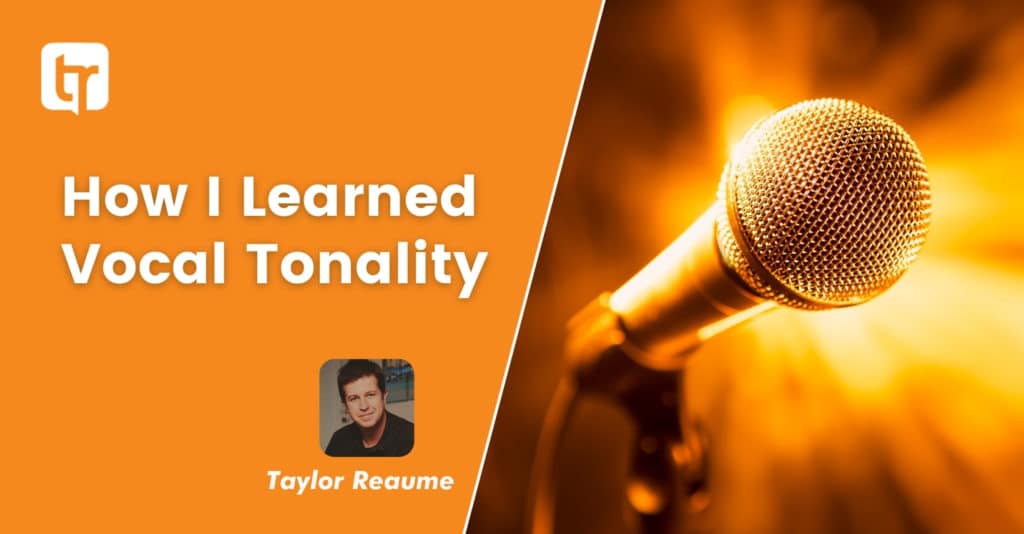12 Spiritual Audiobooks That Changed My Perspective
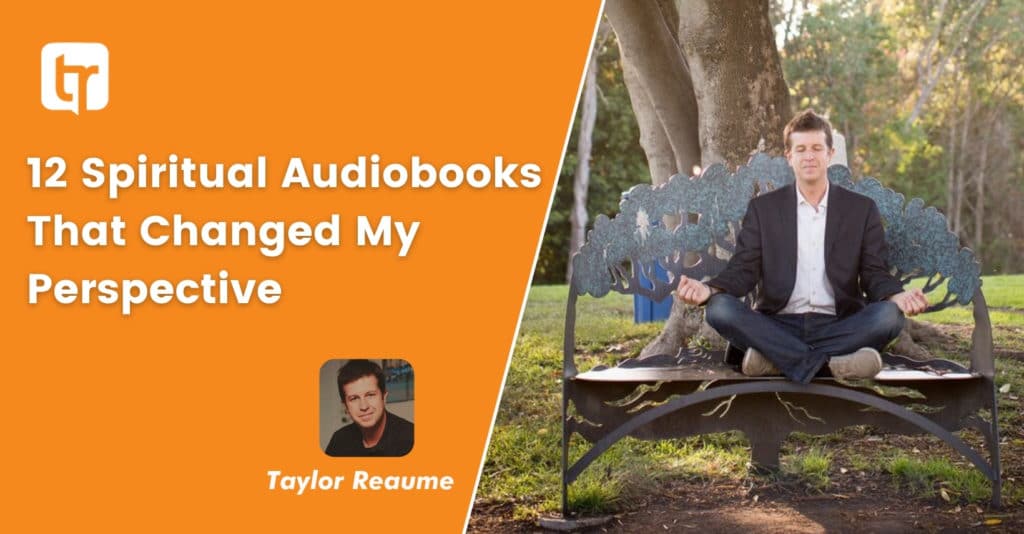
Our sense of hearing is what enables us to connect to the world in so many vital ways. It allows us to communicate with others in a way that is different from the other senses. We hear the words others say, and listen closely for clues that reveal their true intent. For me, I have also found that hearing and listening not only bring pleasure; they can also make a difference in the overall quality of my life.
Although I have always had a thirst for knowledge, it was sometimes hard for me to gain full meaning just from the written word. I am an auditory learner, so I started using audiobooks as a way to learn. To me audiobooks are an immersive, educational, and entertaining experience. They improve my comprehension, and give me access to information that helps me learn more about a wide variety of topics.
I don’t just listen to audiobooks for business or marketing information alone. I also like insights that can help me become better as a person. Here is a list of 12 spiritual audiobooks that helped change my perspective. I am sharing them in case you might find them helpful for your own personal life journey.
- Loving What Is by Byron Katie and Stephen Mitchell: Here readers are challenged to answer four questions that are designed to change the way they think about life. This book gave me ideas that helped turn negative thoughts into positives, and changed how I react to people and events that cause stress in my life. Instead of focusing on what I wish “would be,” I now focus on trying to love what my current reality is.
- Ask and It Is Given by Esther Hicks and Jerry Hicks: The problem with attempting to manifest your own desires is that sometimes you don’t even know how to ask for or received what you want. This book offers 22 separate and powerful processes that help you identify and achieve your personal life goals. This is the power of positive thinking taken to an entirely new level.
- Don’t Sweat the Small Stuff, and It’s All Small Stuff by Richard Carlson: This may be an oldie, but it is still a good read, and a great listen! Just like Carlson says, I was allowing all the little everyday details to completely take over my life, so much so that I started losing focus on my much more important life goals. Instead of long, explanatory chapters, this collection of 100 short affirmations helps remind me on a regular basis of simple actions I can take that will have a big impact on how I can control my own destiny.
- The Road Less Traveled by M. Scott Peck M.D.: Although it was first published in 1978 (and updated since then), this refreshing read gave me new insights into how traditional values and spiritual growth can change our life for the better. Life may indeed be difficult, but the author gently provides ways to bring fulfillment and peace.
- The Four Spiritual Laws of Prosperity by Edwene Gaines: This book addresses the question of what prosperity really means. In a world as money-centric as ours can be, that is certainly a deep question. What is more important – gaining money or gaining spiritual prosperity – and can those two goals co-exist? Can you follow the four laws: set specific financial and spiritual goals; forgive others and yourself daily; tithe ten percent of all you earn or receive; and find and commit to a divine purpose?
- Enneagram by Adam Night: An Enneagram is a model of the human psyche that is based on understanding nine interconnected personality types. This book offers a step-by-step guide to discovering your spiritual personality. The goal is to create better relationships by understanding yourself and others better. Be sure to take the included test!
- Many Lives, Many Masters by Brian L. Weiss M.D.: If you believe in exploring the lessons learned from your past lives, then this is the book for you. Although regression is often thought of as an alternative form of psychotherapy, this can be an interesting foray into your psyche in order to make more of your present life. What lessons have you already learned and have yet to learn?
- The Untethered Soul by Michael A. Singer: Do you know what is tying you down, and holding you back from reaching beyond the boundaries in your life? Are those boundaries of your own making? This #1 New York Times bestseller offers simple answers to some of life’s most perplexing questions. Find out what you can do to stop living with the habits and thoughts that keep you from achieving your very best being. You might be surprised by what you can achieve without those inner tethers!
- Living Buddha, Living Christ by Thich Nhat Hanh: Although not strictly about organized religion, the author does draw heavily from the spiritual teaching traditions of Buddhism and Christianity to help readers commit to mindfulness, so they can find the connection between personal, inner peace and peace on earth.
- The Power of Now by Eckhart Tolle: The New York Times recognizes Tolle as one of “the most popular spiritual authors in the United States” for good reason. His guide to spiritual enlightenment forces you to reject the self-made concept of ego, and to live in the here and now that surrounds you. This can be a difficult task with all we try to accomplish, and all that works against you to keep you from your peace, but it is possible to relieve yourself of the psychological pain you experience by accepting what is and being present in the Now.
- An Invitation to Freedom by Mooji: Mooji is a Jamaican-born spiritual teacher who has attracted followers from around the world to his lessons on finding spiritual contentment by connecting with your true inner self. This book provides a guide to finding that sense of fulfillment we all seek, even in this cluttered, busy world. I enjoy the questions which force you to discover the truths in your life that can help lead you to emotional freedom.
- Out of Your Mind by Alan Watts: If you spend too much time living in your head, then it is time to get out of your mind and focus on new perspectives. A former Anglican priest who mixes in a generous appreciation of Zen Buddhism, Watts provides listeners/readers with twelve pinnacle teaching sessions. These help you break through the boundaries of your rational way of thinking, to help you expand your appreciation for that which Watts calls the “Great Game.”
Once you have used these books to make a start on understanding spirituality and its applications to life and work, I’m sure you will find many more on your own that will help lead you down the path to peace and prosperity. Feel free to share your insights and ideas with me, as I am always open to new concepts that can help change my perspective as I continue to grow into my own reality. Happy Travels!

